Everyone has a preference when if comes to photography, some love color photography and others prefer black and white. While this is a matter of personal preference, black and white images do tend to convey a different emotional feel, often darker and more contemplative. As color has been removed from your compositional tool box, much more emphasis is placed on textures and contrast.
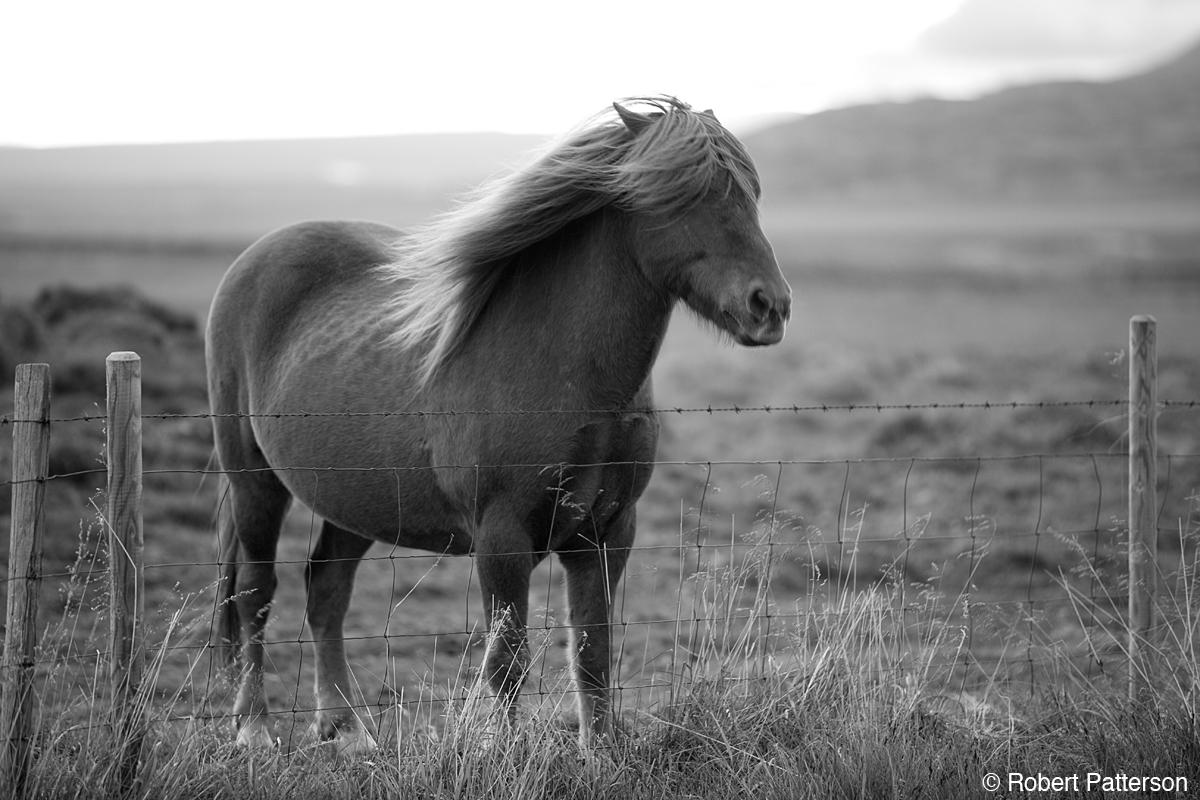
With digital photography though the process of capturing a black and white image is significantly different from that of film. With film, one would have to load black and white film into the camera then shoot black and white until that roll was finished. Now everything can be shot in color and then afterwards you decide whether or not it should be a black and white or color shot.
Consideration of the colors in a shot still merits much consideration though. As a black and white picture is a translation from the color of reality into a monochrome image, the colors will provide the contrast, tonal qualities and textures of your black and white image. Photo editing software will also use the color information to translate the image, giving you enormous control over the final look of your black and white image.
This is a subject that could be an entire course in itself. The mastering of black and white photography is something that can take many, many years to achieve but there are some basic things you can learn to start taking better black and white images.
Look for shots or situations that you think would look good in black and white. Dramatic, emotional scenes, scenes of decay or very rich textures are always good but the range of possibilities is endless and the more you shoot the more you will see scenes that just cry out to be taken in black and white. Pay especial attention to all of the other rules of composition as color has been removed from those options.
Shoot in color: Many cameras provide the option to shoot in black and white but this can be limiting afterwards when you may discover that the photo actually looks better as a color photo. As previously mentioned color is used by photo processing software to translate it into black and white and the color information will give you much more control over the image.
Shoot in RAW: If your camera offers a RAW mode and you have the photo editing software to handle RAW images, use this setting. In order to create the full range of tones and textures that are so necessary for a beautiful black and white image, you will want as much information as possible in each photo. RAW images offer much more control in editing than do jpegs.
Dull grey, overcast days that a color photographer might choose to use for laundry day, can provide nice low contrast lighting that can lend itself beautifully to Black and white photography. That said, don’t restrict yourself to these days.
Use the lowest possible ISO setting. While this is generally the case for all photography, in digital black and white photography the noise and graininess can become very obvious and digital grain doesn’t have the same cool quality that film grain has.
Use a polarizing filter to bring out incredible skies and to reduce reflections and highlights that may appear distracting when the image is translated to black and white. To really achieve great black and white images you will really have to know your photo editing software. Post production on a black and white image is very important.
| The contrast between the frost and the black tree trunk add a dramatic feel to this photo. | 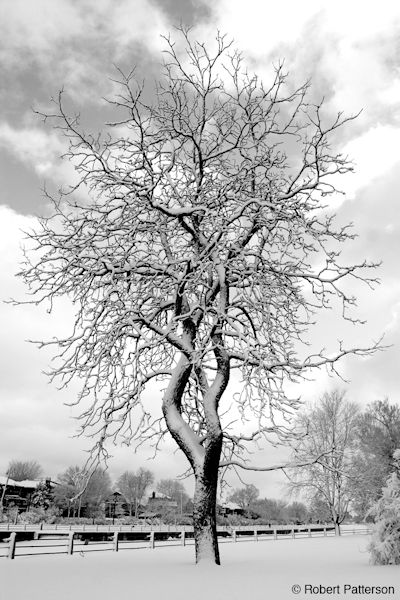
|
| Two flash units were used here to illuminate the snowflakes causing the high contrast of the bright white spots against the dark background to give the impression of stars. | 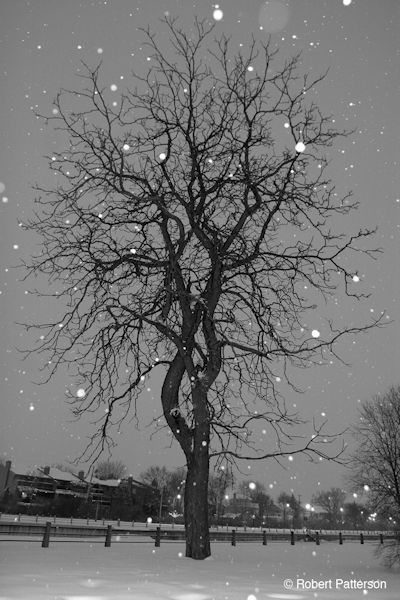
|
| Textures play a huge roll in black and white photography. The horse’s mane in this case really works in black and white. | 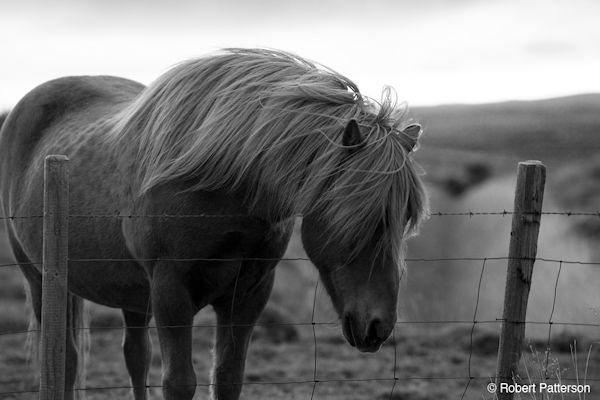
|
| Black and white photography can sometimes give a dramatic feel to live performance shots. | 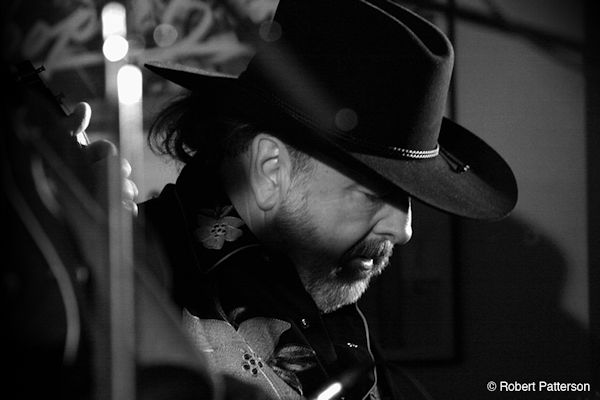
|
| A good example of a how high contrast and rich textures in a black and white photo can create a very emotional appeal. | 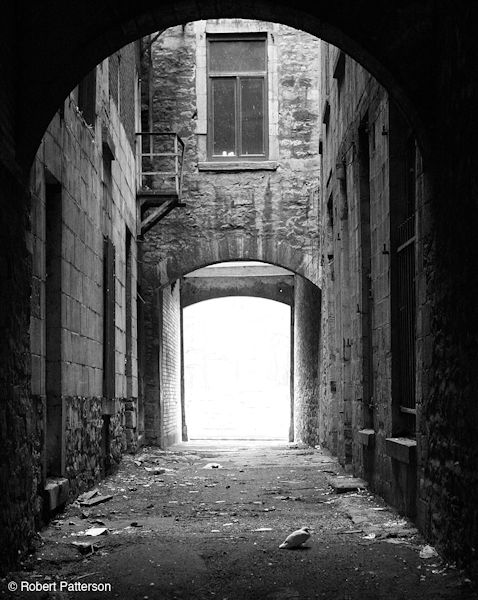
|
| Sepia toned black and white images take on a very vintage feel. | 
|
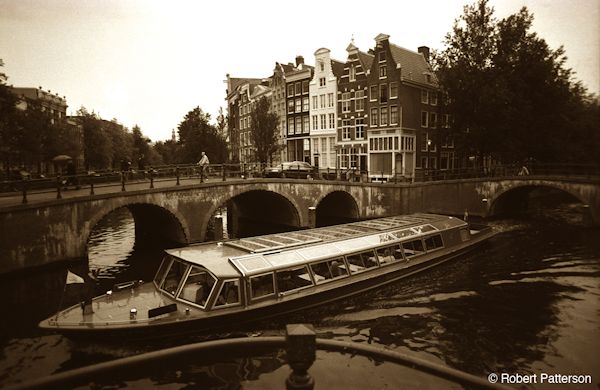
|
If you enjoyed this tutorial, be sure to check out the other tutorials that are available in the Discovery Center. If you have any ideas for tutorials or projects that you would like to see in the future, please leave us someFeedback.


Was this article helpful?
Tell us how we can improve it.